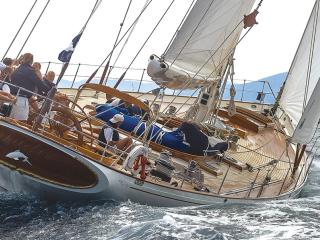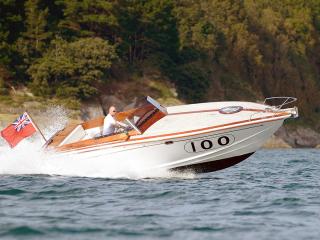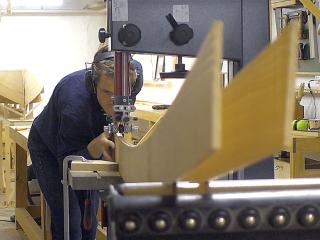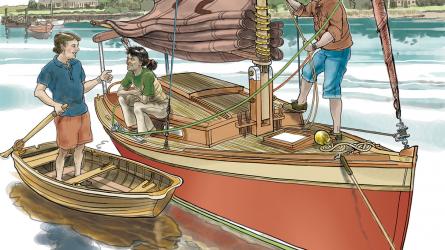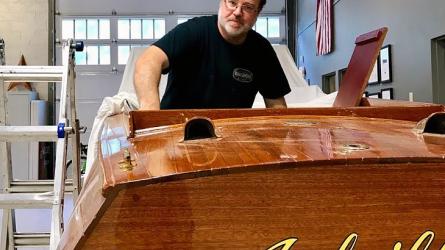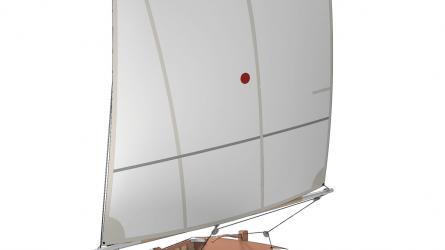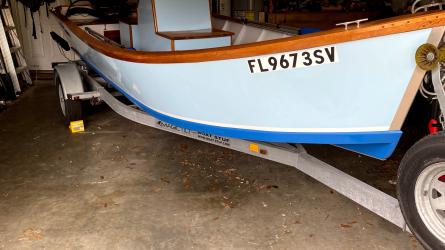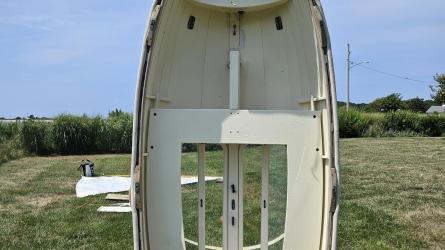July / August 2025
Forbundet Kysten
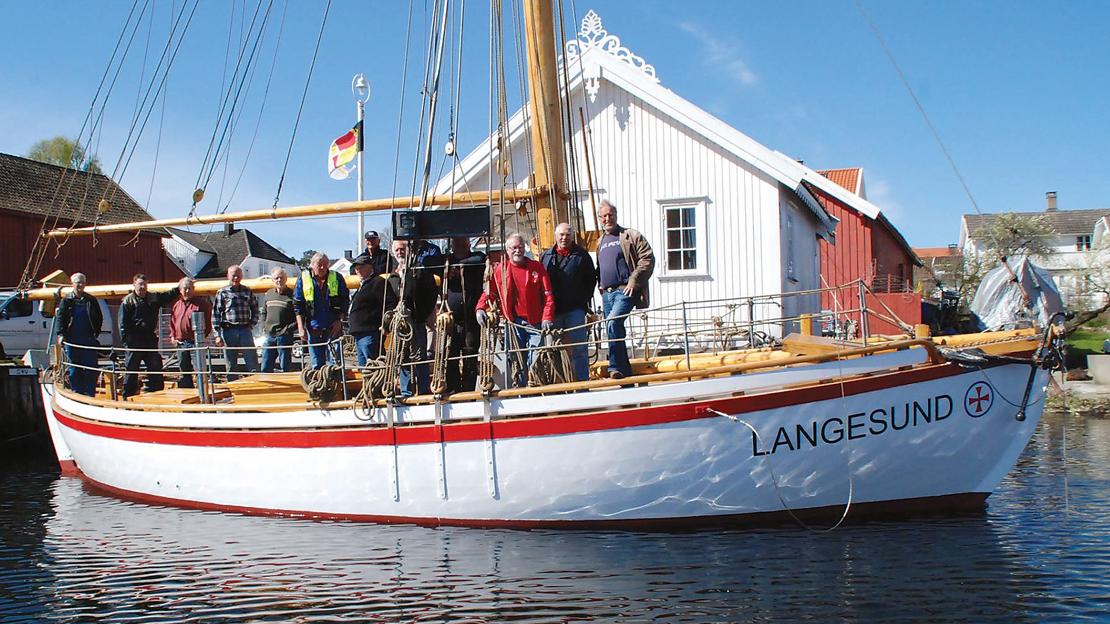
LANGESUNDSFJORDEN KYSTLAG
The rescue cutter RS2, designed by Colin Archer, is the pride and flagship of Langesundsfjorden Ksytlag, which maintains and operates the boat.
The Norwegian coast is seemingly endless. It extends nearly 1,000 nautical miles, as the seagull flies, from the South Cape, Lindesnes, to the North Cape, and the country’s coastline extends in both directions well past these two iconic landmarks. It includes countless skerries, islets, islands, and deep fjords, composing a vast seascape that, measured by satellite imaging, might account for 56,000 nautical miles of shoreline if stretched out. It’s a difficult measurement, so that’s only an academic estimate, but mere numbers will never do this region of ancient land and sea justice, anyhow.
Against this mighty backdrop, one can begin to grasp the dimension of Norway’s maritime heritage—a national treasure and a mainstay of the country’s cultural identity. For many centuries, sailing and rowing were the only means of transportation and communication in this vast area—despite the harsh climate, strong winds, and rough coastal waters. Farmers were often seafarers, too, building fine, strong, and seaworthy boats in their barns during long, dark winter months. Fishing itself has been the principal source of income and sustenance on this coast for centuries and has produced some remarkable and strong craft. And, of course, there is an unrivaled seafaring heritage handed down by the Vikings. Coastal farming hamlets and fishing outposts in Norway were once isolated by fjords and mountains, but in the past 150 years, bridges have spanned fjords and roads have been created by blasting into rock. Despite this modern infrastructure, Norway’s current economic and social well-being are still tied to the sea, largely because of the offshore oil industry.
Road construction was well underway in Norway in the 1950s, and boats and waterfront structures fell into disrepair as they became less significant for daily life. In the 1970s, a band of visionary Norwegians became aware of the decline of maritime traditions, knowledge, craftsmanship, boats, and buildings, and saw an urgent need to preserve them. This group formed the organization Forbundet Kysten—loosely translated as coast society—in 1979 to preserve historical vessels, coastal culture, and maritime heritage. Kysten is a countrywide communal project based entirely on private initiative. By the end of 2021, the movement had 10,000 active members throughout Norway, organized in a federation of 128 local branches scattered along the coast, one of which I visited late last winter. The organization is still growing.
To read the rest of this article:
Click the button below to log into your Digital Issue Access account.
No digital access? Subscribe or upgrade to a WoodenBoat Digital Subscription and finish reading this article as well as every article we have published for the past 50-years.
ACCESS TO EXPERIENCE
Subscribe Today
1 YEAR SUBSCRIPTION (6 ISSUES)
PLUS ACCESS TO MORE THAN 300 DIGITAL BACK ISSUES
DIGITAL $29.00
PRINT+DIGITAL $42.95
Subscribe
To read articles from previous issues, you can purchase the issue at The WoodenBoat Store link below.
 Purchase this issue from
Purchase this issue from
